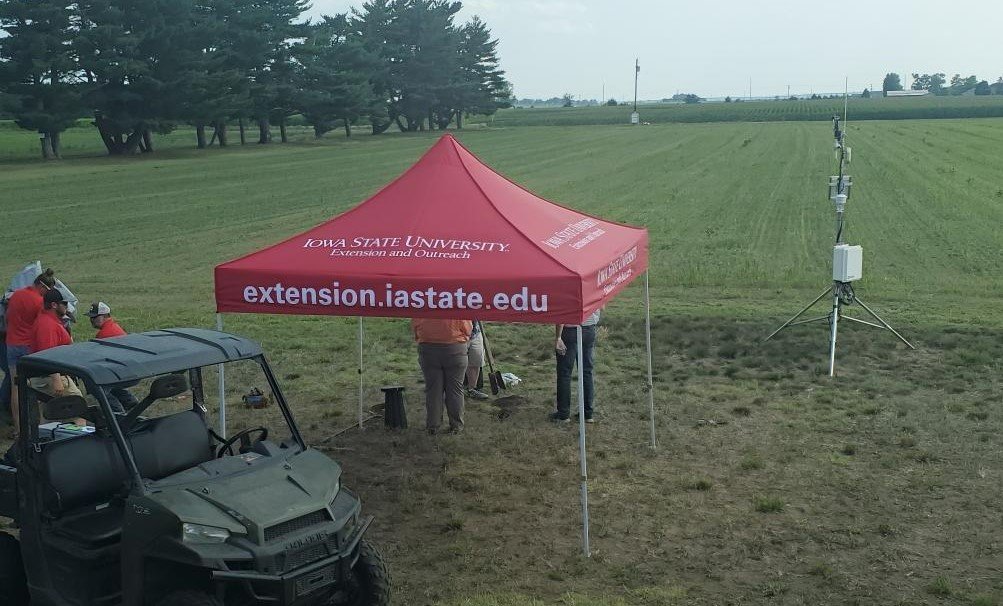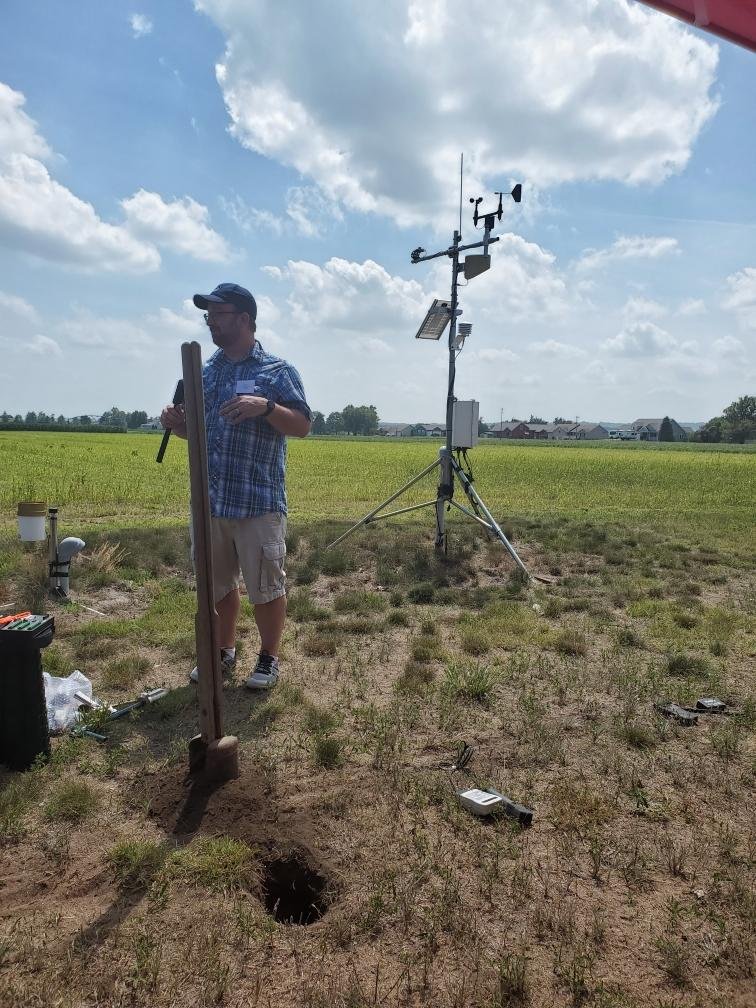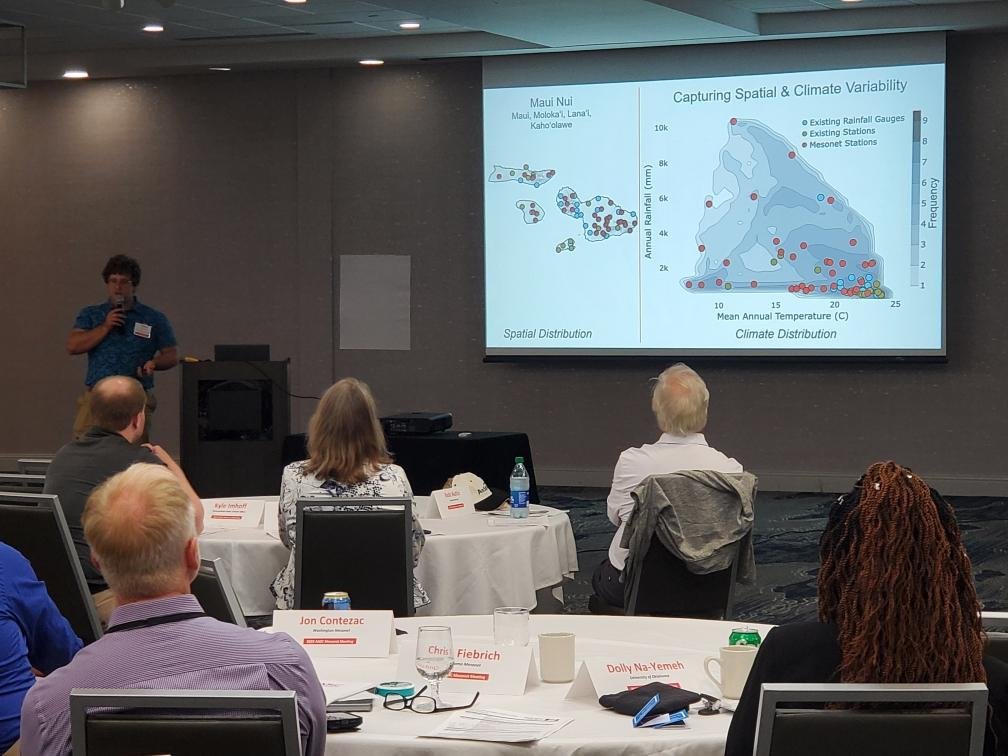Synoptic Data Public Benefit Corporation (PBC) recently attended the American Association of State Climatologists’ (AASC) Mesonet Community Meeting, and we sat down with Director of Weather Programs, Elizabeth Wilson, to discuss the conference.
First of all, what is a Mesonet, and what is the National Mesonet Program?
A mesonet is a network of weather stations in close proximity that measures atmospheric conditions on a regional scale. The term mesonet is derived from the words “mesoscale” and “network.”
The National Mesonet Program (NMP) is the gold-standard public-private-academic partnership with the National Oceanic and Atmospheric Administration’s National Weather Service. This program collects, quality controls, and disseminates non-federal data to the federal government from more than 50 partners across the United States to supplement the current federal observing network and fill in critical data gaps. This includes surface, upper-air, radar, and mobile (aircraft, balloon, and buoy) data from academic, local government, and private industry partners. Data from this program is used in numerical weather prediction and forecasting and situational awareness during severe weather events.
What role does Synoptic have within the National Mesonet Program?
Synoptic is the lead subcontractor of the National Mesonet Program. We handle the day-to-day management of the program as well as aggregate, quality control, and disseminate the data to the National Weather Service and its data repository, the Meteorological Assimilation Data Ingest System (MADIS).
What happens at the Summer Partners’ Meeting (who attends, and what do you talk about)?
The Summer Partners’ meeting is held once a year and brings together members of the program to discuss topics of interest as well as receive updates on the program. The forum is a great way to network and collaborate with peers and allows members the chance to present on their network and share best practices, tips and tricks, and success stories. We’ve been fortunate to hold this meeting in conjunction with the AASC annual meeting and this year, the inaugural mesonet community meeting. We are appreciative of their support!



Did you (Synoptic) give any presentations? Can you tell us what yours was about?
Synoptic organized and moderated the NMP meeting. We presented a few times on program updates, policy initiatives, and Synoptic’s new visualization application which allows data providers and users alike the ability to explore the data sets available in our system.
What are some key takeaways that came out of the Summer NMP meeting?
It’s always a fun time at these meetings, especially now that we are able to get together in person after a couple years of remote-only gatherings. The summer meeting is specifically planned to be partner-led, i.e. partners are able to present on topics of interest to them. Our January meeting is more funding, policy, and advocacy focused and tends to lead to more action items and takeaways. This meeting is more for collaboration, education, and networking with like-minded individuals. The program is familial, and these meetings allow the group to come together, engage, and share.

Are any of the NMP partners leveraging new or innovative technologies?
Each partners’ network is specific to their state, constituency, and/or use case. Over the past few years the program has grown from limited surface data to partners in more than 30 states with data covering the entire country including Alaska, Hawaii, and Puerto Rico. These include new and innovative technologies such as WindBorne Systems’ smart weather balloon constellation and Sofar Ocean’s drifting buoy Spotter network. These data sets, plus the additional data from the other partners in the program, cover the wide-range of weather observing systems from the ocean to the land to the atmosphere, giving the National Weather Service a clearer, more data rich picture of ever-changing weather conditions.
Learn more about the National Mesonet Program here.